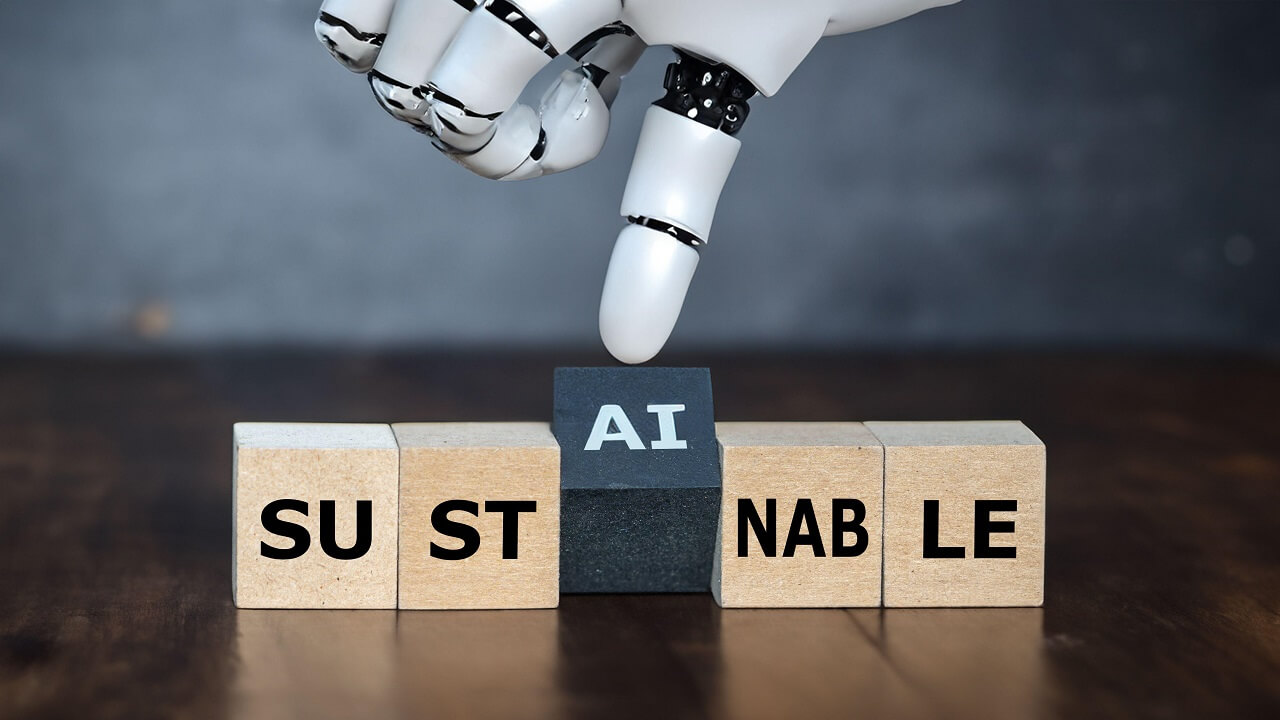It’s Urgent: AI and Data Must Drive the Circular EconomyIt’s Urgent: AI and Data Must Drive the Circular Economy
The idea of a circular economy isn’t new, but using AI and data analytics to streamline its complexities is. Industries can finally realize sustainability.

Over the past 50 years, extraction of Earth’s natural resources has tripled. Without urgent action to reverse the trend, that rate, growing by an average of 2.3% per year, will likely increase another 60% beyond 2020 levels in the coming decades. That’s one end of the linear economy. On the other end, experts predict municipal solid waste generation will grow from 2.3 billion tons in 2023 to almost 4.2 billion tons -- annually -- by 2050. What’s more, we know that 70% of industrial waste in developing countries pours untreated into waterways, tainting potable water supplies.
Our traditional linear economy refers to taking natural resources, making products and byproducts, and disposing of them as waste at the end of an often-short lifecycle. It’s an unsustainable global process that chews up Earth and spits out garbage and poison. We’ve long understood the environmental damage this approach to production and consumption causes. But there’s a new sense of urgency to change: Supply chain uncertainty, trade conflicts, natural resource scarcity, manufacturing complexity, population growth, climate change stressors, and the need for economic competitiveness in the era of digital transformation are all driving a paradigm shift to the far more sustainable circular economy.
The circular economy concept isn’t new. It embraces remanufacturing, refurbishment, repair, recycling, repurposing, and reuse to minimize waste and emissions dramatically. You’re extracting needed materials from existing products already in circulation -- much the way nature does. It also involves making purposeful design decisions to extend product life and to integrate recyclable product materials and component structure prior to manufacture.
What is new is the capacity of AI, data analytics, and digital technologies to streamline circular economy complexities and help industries overcome previous implementation challenges at scale.
Digitalization, Data, and AI Enable Real Change
For manufacturers, it can be a daunting and complicated endeavor to put the circular approach into practice -- even if sustainability targets are well defined and the will to do it is there. Demand for remanufactured parts fluctuates, supply and sourcing can be unpredictable, quality can vary, and smooth, timely replacement logistics can be elusive if processes and key performance indicators have not been established and tested.
In a major new, edited work on technology innovation for the circular economy, research scientists Manish Gupta and Umeshwar Dayal contributed a chapter offering a detailed AI and data analytics system that can provide visibility and access to information along the entire value-chain, capturing and sharing data so each stakeholder can optimize its inventory management and operations in that larger context, not only within its own limited context.
Using IoT sensors and AI applications, data on actual equipment usage, which fluctuates over time and based on conditions, can be tracked and predicted. An accurate replacement forecasting system leveraging vast datasets enables businesses to gain real-time insights that help them streamline a circular remanufacturing process with partners -- yielding a new level of clarity into demand that informs supply, fast and at scale.
Digital twins have an important role to play as well. Circular processes can be modeled and optimized within virtual replicas of physical systems. Using big data in this environment to simulate different scenarios and production processes, businesses can more quickly assess equipment condition and the health of components, identify inefficiencies and waste, gauge energy usage and generated emissions, and design more sustainable, recycled products.
There’s also great potential for data decentralization technology like blockchain to deliver full transparency and traceability in supply chains. All stakeholders using a circular system need that level of visibility to minimize fraud risks, ensure the quality and authenticity of rebuilt and recycled materials, and plan their logistics.
Sustainability Imperative Is a Business Imperative
The ability to put data to work to propel the transition to a circular economy couldn’t come at a better time. Researcher Rana Hajirasouli recently pointed out in HBR that, even for small- and medium-sized enterprises, adopting circular processes presents a compelling business opportunity to reevaluate byproducts and waste streams as potential resources; businesses can “simultaneously cut costs, generate new revenue, and gain a competitive advantage -- essentially turning waste from a cost center into a profit driver.” Indeed, the World Economic Forum estimates that reusing resources, rather than relying on raw materials and new products, can yield up to $4.5 trillion in economic benefits by 2030.
Doing business in different parts of the world also requires making progress toward the transition to circularity. In March of 2020, the EU adopted its new circular economy action plan (CEAP) that “targets how products are designed, promotes circular economy processes, encourages sustainable consumption, and aims to ensure that waste is prevented, and the resources used are kept in the EU economy for as long as possible.”
Perhaps it’s not surprising to see the Olympics podiums at the 2024 summer games constructed from recycled food containers -- 100% repurposed plastic trash. Citing “proven economic potential” of the circular approach, the same startup made 11,000 bleacher seats from used shampoo bottles and caps. Another recent example of a circular breakthrough, just published in Nature, that involves a new, inexpensive method of reclaiming valuable solar panel components could drive huge global savings in the renewable energy push. And with AI, panel lifecycle assessment and component repurposing could be scaled across industry value-chains.
Larger businesses and industrial enterprises are poised to tap into the circular economy’s market potential and sustainable outcomes. Their path to reimagining “waste” will rely on new, data-driven approaches and circular forecast systems where shared data and predictive AI help us examine product lifecycles and glean actionable insights from newly understood patterns. The AI and data infrastructure now exists to act -- it’s up to us to move forward with urgency.
About the Author
You May Also Like






